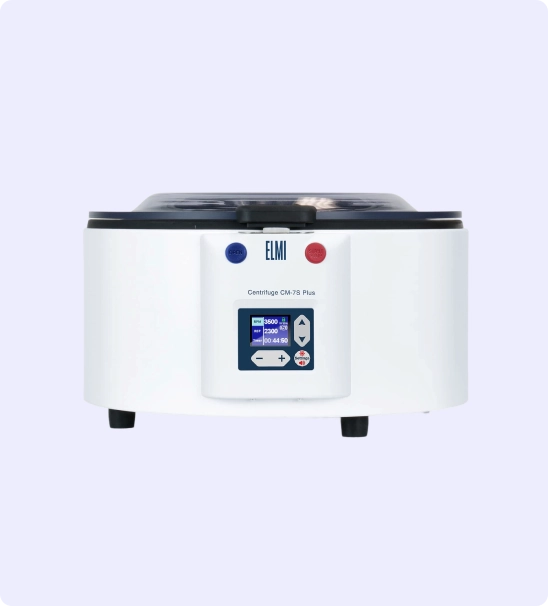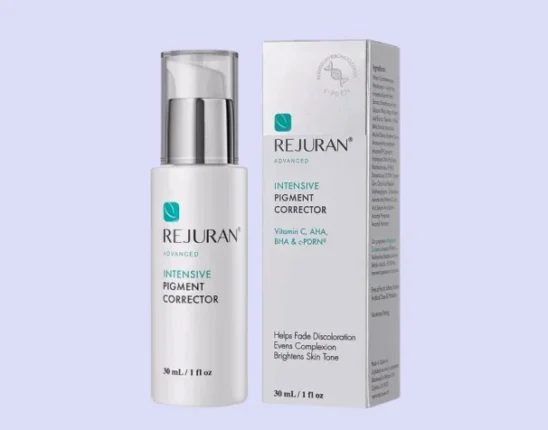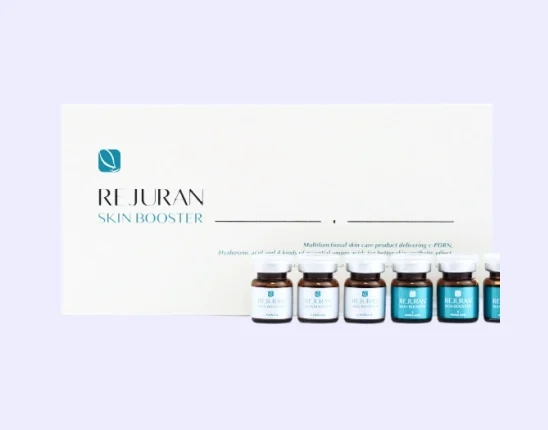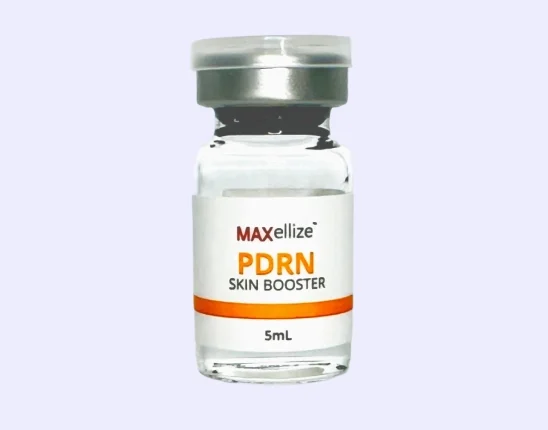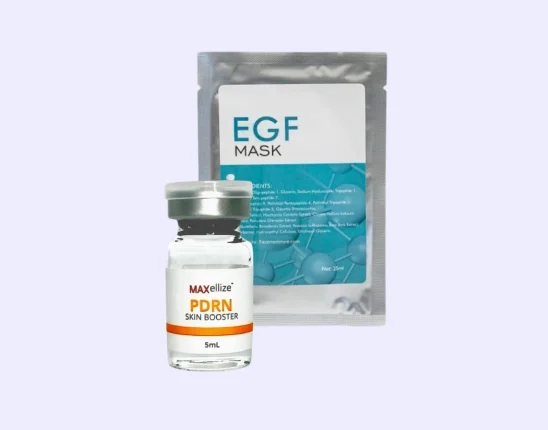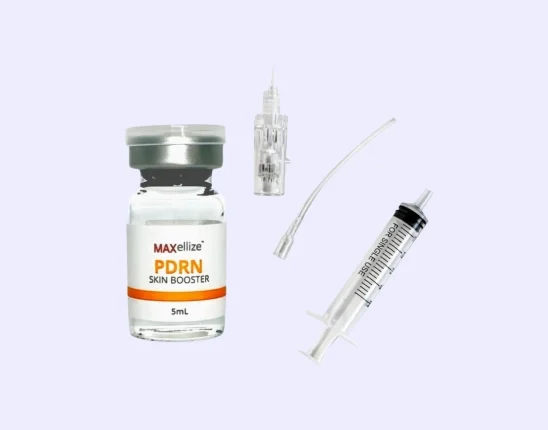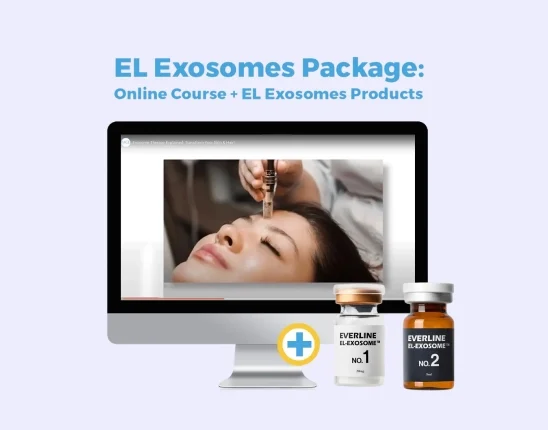PRP treatments can be beneficial for promoting hair growth. Considering that one injection alone can cost an average of $400, you’ll definitely want to get the most out of your PRP treatment by ensuring you take the right steps to get the best results. And while there are a lot of internal factors that you can control, how you handle aftercare can affect how well your treatment stimulates dormant hair follicles.
So what are the proper aftercare guidelines for the first week after your PRP treatment? Your aesthetic provider should provide you with aftercare guidelines that can be fairly simple to follow. If done correctly, you can minimize the risk of side effects or affecting the platelets’ function in improving your hair. Here’s what you should know about aftercare up to one week after your PRP treatment.
Aftercare During Your First Week Post-PRP Treatment
Whether you receive PRP injections or have microneedling with PRP on your scalp, it’s important to follow aftercare steps. This can minimize the side effects you may experience while also preventing yourself from unknowingly hindering the hair growth process. Here are some of the aspects of aftercare you should take note of following your PRP treatment.
1) Your Workouts
Ideally, you should avoid strenuous exercise and other intense daily activities for at least 2 days after your PRP treatment. If you lead an active lifestyle or you really need to be active during those two days, opt for low-impact physical activities like walking or a basic exercise routine. Undergoing a strenuous exercise routine can increase blood pressure and affect blood flow to the scalp, which can lead to bruising on the treatment area.
Aside from how you exercise, keep in mind that you should avoid some activities for at least two days after your treatment. Avoid swimming pools, saunas, and steam rooms for at least 2 days after treatment, as there’s a risk of both bruising and infection. You should also avoid excessive heat and sun exposure, as these can both cause bruising and also damage your hair by evaporating its natural moisture.
2) Your Diet
There aren’t any hard rules on foods you should and shouldn’t eat. Ideally, however, you should have a healthy diet that can boost your body’s healing process and assist in hair growth, inflammation, and clotting. Some of these nutrients and foods rich in these include:
- Zinc – red meat, shellfish, legumes
- Magnesium – whole grains, leafy green vegetables, dairy
- Potassium – leafy green vegetables, nuts, dairy
- Sulfur – poultry & eggs, fish, nuts
- B Vitamins – dairy, organ meats (liver, kidney, etc.), fish
- Vitamin C – citrus fruits, bell peppers, cruciferous vegetables
- Vitamin D – oily fish, red meat, organ meats
- Protein – lean meat, poultry, lentils
- Fish Oil – fish oil capsules, fatty and oily fish, cod liver oil
Aside from this, it’s recommended that you stay hydrated throughout the first week after your treatment, so try to increase your water intake during this time. Avoid alcoholic and caffeinated drinks for at least 3 days.
3) Your Hair Care Routine
Avoid touching the treated area for at least 8 hours after treatment. This may cause bleeding or bruising, as well as the risk of infection. Avoid getting your hair wet for at least 3 hours, and avoid using any hair products for at least 6 hours. For the first three days, avoid taking a hot shower as it can promote bruising. Also, use a pH-balanced shampoo to prevent the treated area from drying out.
4) Side Effects
Platelet-rich plasma is autologous, which means that it’s made from your own blood. This means that the risk of adverse reactions is very low. However, you may develop some minor side effects from the microneedling or the injection. This can include irritation, bruising, redness, itching, swelling, and other symptoms of inflammation on the injection sites.
These can be addressed using home remedies like ice packs. You can take over-the-counter painkillers, but avoid anti-inflammatory medications like Aspirin and Ibuprofen and opt for painkillers with Acetaminophen. Also, avoid any other blood thinners such as medication and alcohol.
While the risk of adverse effects from platelet-rich plasma treatments is low, you should see a doctor if you notice signs of infection, fever, or moderate pain that won’t subside even after 2 weeks from your injection. If you’ve received your treatment from a qualified provider and practice aftercare steps to avoid infection, the risk of this happening is very minimal.
Once you’ve gotten past the first week after your PRP treatment, you should notice the side effects start to subside. However, it can take up to 2 weeks of recovery time for bruises to fully heal. After that, you can resume your regular day-to-day activities.
GET MEDICAL-GRADE BLOOD COLLECTION NEEDLES AT 20% OFF WITH CODE “20OFF” ON YOUR FIRST ORDER.
Stock up on blood collection needles and other medical and aesthetic supplies with FACE Med Store. Checkout today and get 20% off your order.
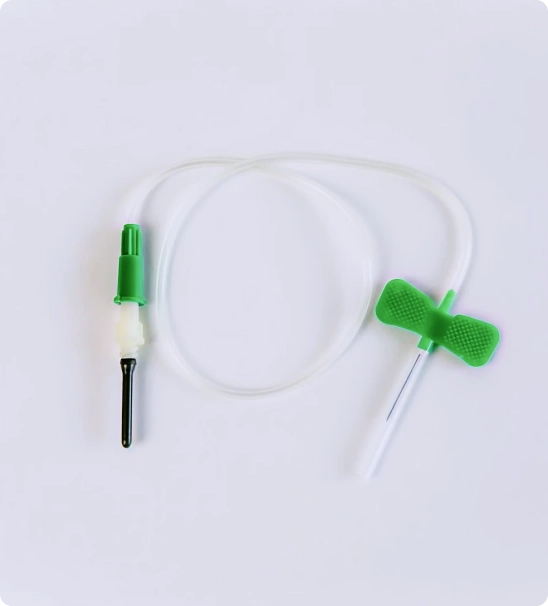
Scheduling Your Next PRP Treatment
Your aesthetic provider should advise you on when to schedule your next PRP treatment. PRP therapy can’t solve hair loss with just one treatment, so you may need to visit for a follow-up appointment to show results.
Following your PRP treatment schedule ensures that your hair follicles and surrounding damaged tissue can benefit from platelets’ cell regenerating and cell repair function. There’s still no research that suggests PRP therapy’s long-term benefits, so it’s possible for the effects of PRP treatments to slowly fade and revert to your original hair texture and signs of hair thinning after you stop getting PRP therapy.
It’s also possible to combine PRP treatments with other cosmetic procedures such as hair growth medications like minoxidil and finasteride, laser therapy, and other aesthetic treatments. To learn more about combining PRP treatments with other hair loss treatment options, see a dermatologist or aesthetic provider.
Exclusive Deals for Hair Care Products and More at FACE Med Store
If you’re planning to undergo PRP treatments for hair loss, you can expect your provider to guide you through the aftercare steps to maximize the results of your treatment. By following these guidelines, you can minimize the side effects that can cause discomfort while also allowing your dormant or weak hair follicles to make the most out of your treatment.
For hair care products that can assist your aesthetic practice or everyday use, there’s FACE Med Store. We stock products, supplies, equipment, and other items you need to maximize your aesthetic treatments. We serve aesthetic practices looking for competitive prices to reduce operational costs without sacrificing quality, as well as everyday users who want the best deals for their aesthetic needs. Visit our online store today to see our exclusive deals this month.
